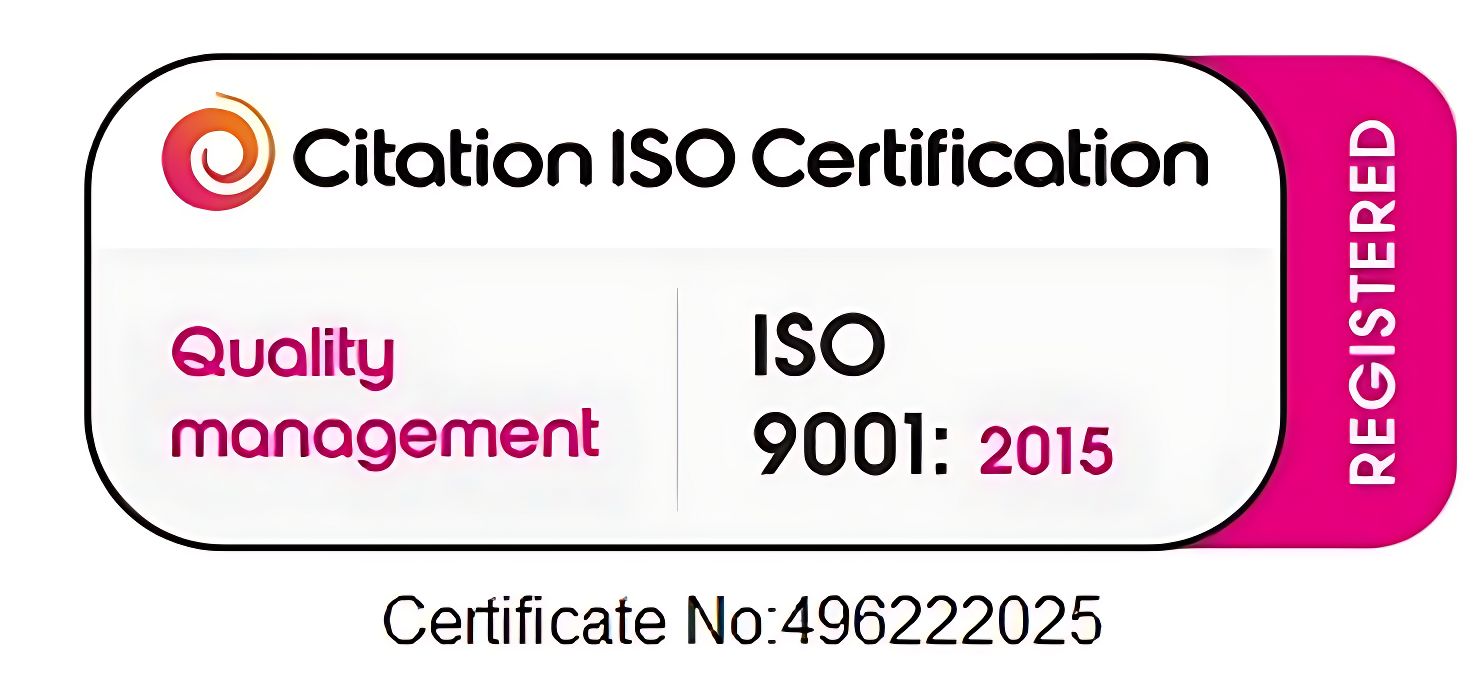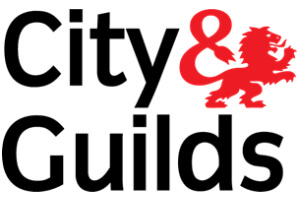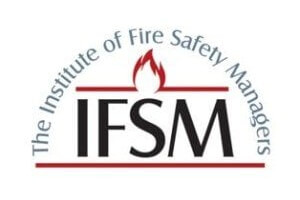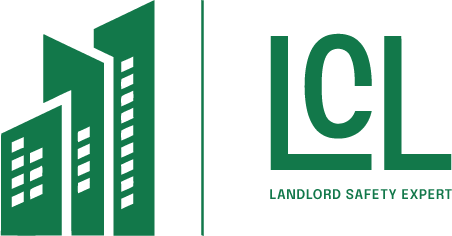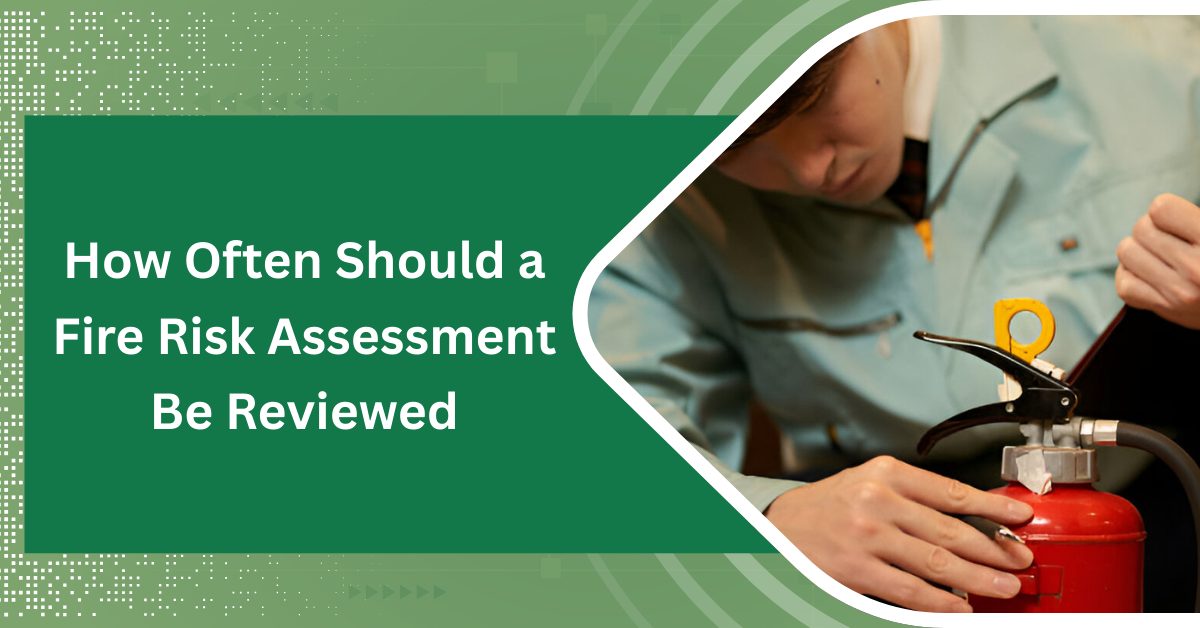
The frequency of reviewing Fire Risk Assessment Be Reviewed is crucial for maintaining safety in commercial, residential, and public spaces. While an annual review is recommended, factors like structural changes, facility repurposing, or incidents may require more frequent evaluations. Stay compliant and reduce risks by understanding when and why reviews are necessary.
Key Takeaways
- Annual reviews are recommended for most facilities to ensure ongoing safety and compliance.
Reviews should be more frequent after significant changes, such as renovations.
High-risk environments may require more regular assessments to manage potential hazards effectively.
A review is necessary after any fire incident, regardless of the extent of damage.
Changes in legislation or the introduction of new flammable materials also trigger the need for a reassessment.
What Is a Fire Risk Assessment?
What exactly is a fire risk assessment? A fire risk assessment is a methodical process designed to evaluate the potential risks that could lead to a fire in a building or facility. This assessment is crucial for identifying specific fire hazards, determining the individuals at risk, and evaluating the adequacy of existing fire prevention and protection measures.
The assessment involves a comprehensive review of all aspects of the building, including the physical structure, the materials contained within, the use of space, and the behaviors of occupants.
Key components of a fire risk assessment include the identification of fire hazards, such as flammable materials and sources of ignition, and the analysis of risk to people and property. It also examines the effectiveness of existing fire safety measures, including detection systems, fire extinguishers, and evacuation procedures.
The outcome of this assessment guides the development or refinement of a fire safety plan that both enhances safety and complies with local fire safety regulations.
Professionals conducting these assessments are typically experts in fire safety and prevention, ensuring that the evaluations are thorough and adhere to stringent safety standards.
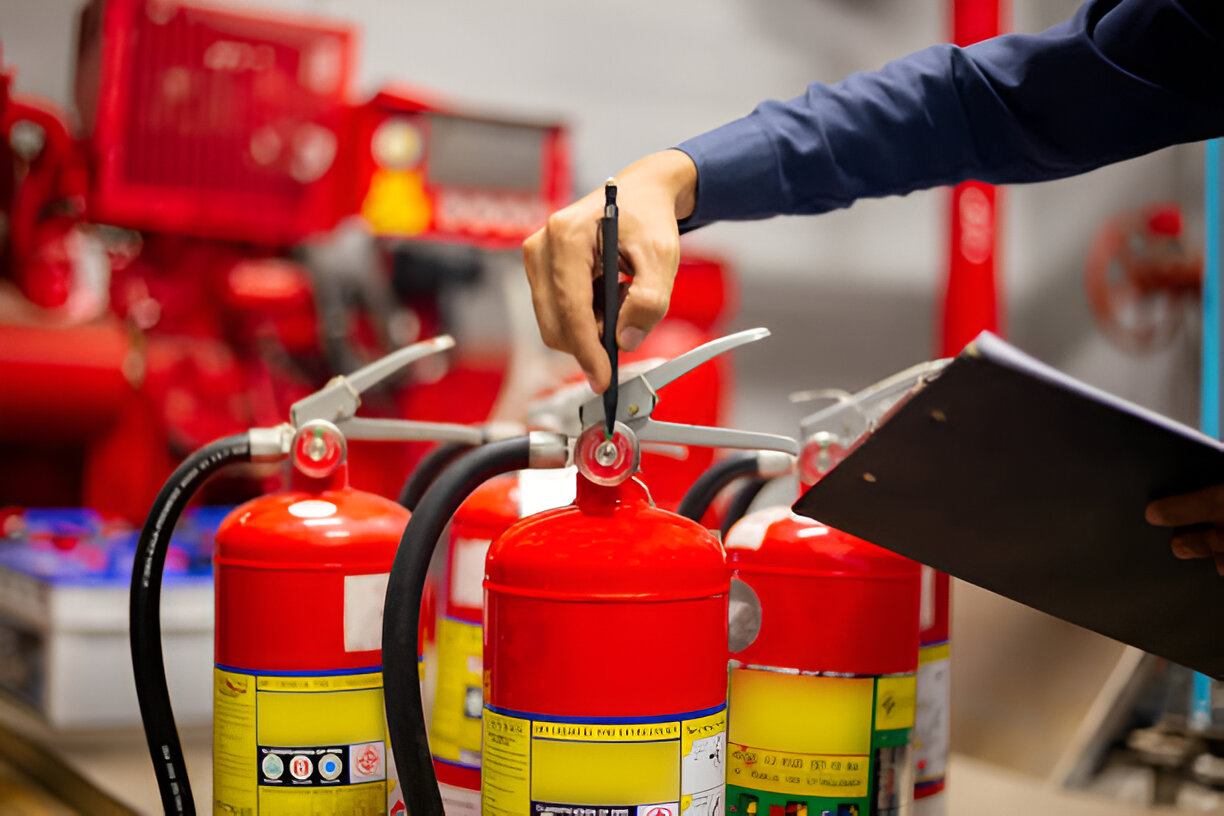
Why Is Reviewing a Fire Risk Assessment Important?
Regular review of a fire risk assessment is crucial as it ensures that safety measures remain effective and current with any changes in building use, structure, or occupancy. This continual updating is essential for identifying new hazards that might have arisen from alterations in the environment or operational practices. Moreover, it helps in reassessing the efficacy of existing fire safety protocols and determining the necessity for additional measures or updates in compliance with the latest fire safety regulations.
Reviewing a fire risk assessment regularly also plays a pivotal role in reinforcing the culture of safety within an organization. It keeps fire safety at the forefront of operational planning and ensures all employees are aware of the current procedures and their roles in fire safety.
Here is a concise table detailing key aspects of why reviewing a fire risk assessment is important.
| Aspect | Benefit | Impact |
|---|---|---|
| Updated Compliance | Ensures alignment with the latest regulations | Enhances legal and safety standing |
| Hazard Identification | Detects new or evolving risks | Prevents accidents and enhances response |
| Safety Culture | Reinforces safety awareness and protocols | Builds a proactive safety environment |
Adhering to a regular review schedule not only mitigates risks but also optimizes the preparedness and resilience of the organization against fire incidents.
How Often Should a Fire Risk Assessment Be Reviewed?
Determining the frequency of fire risk assessment reviews depends largely on several critical factors, including the type of facility, the nature of activities conducted within the premises, and any recent changes in building layout or occupancy.
Typically, it is recommended that a fire risk assessment be reviewed at least annually to ensure that any variations in operational procedures or physical alterations to the environment are promptly accounted for in the safety protocols.
However, more frequent reviews may be necessary if the facility experiences significant changes that could impact fire safety, such as a renovation, a change in the use of the building, or an increase in the storage of flammable materials.
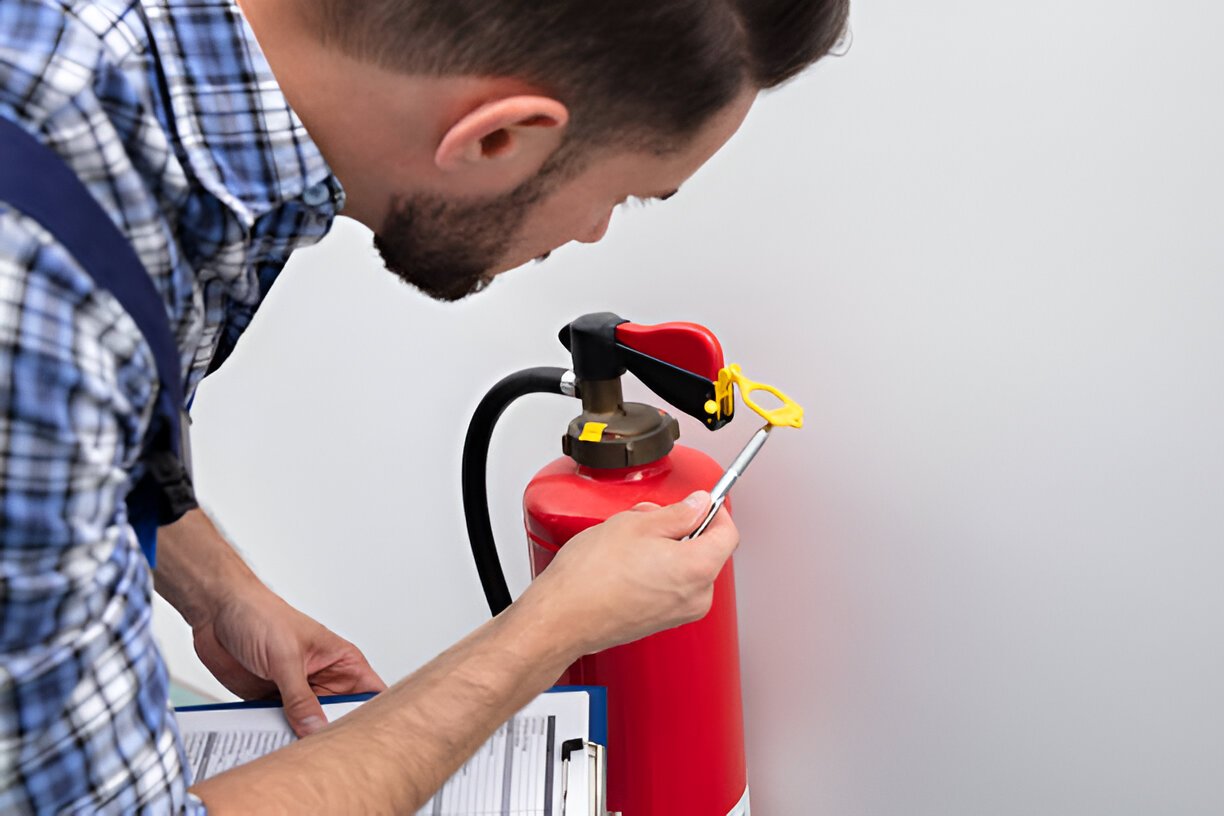
Fire Risk Assessment Be Reviewed
Additionally, industries that operate in a higher-risk environment, such as manufacturing plants with combustible processes, should consider scheduling reviews more regularly.
In these settings, even minor adjustments in production lines or material storage can significantly alter the risk profile.
It is also prudent to conduct a fire risk assessment after any fire incident, however minor, to understand the event’s cause and to refine preventative measures accordingly.
This proactive approach ensures that the fire safety strategy remains robust and responsive to any changes, thereby safeguarding both personnel and property effectively.
| Factor | Description | Impact |
|---|---|---|
| Building Type | Different buildings have varying risks and needs | Directly proportional |
| Changes in Use or Occupancy | New activities may alter the fire risk profile | Increases frequency |
| Previous Assessment Outcomes | Reinforces safety awareness and protocols | Dependent on issues found |
| Legislative Changes | Updates in fire safety laws may lead to adjustments | May require immediate review |
| Technological Advances | New safety technologies can influence risk levels | Potentially reduces frequenc |
Key Factors That Determine the Frequency of Fire Risk Assessment Reviews
Several factors influence the frequency at which fire risk assessment reviews should be conducted to ensure safety and legal compliance. The nature of the building, changes in occupancy or use, and the results of previous assessments are pivotal in determining how often these reviews should take place.
Conclusion
In conclusion, regular reviews of fire risk assessments are vital for maintaining safety and compliance with legal standards. Annual evaluations are recommended, but a more frequent review is necessary following significant changes or incidents. This proactive approach not only ensures the safety of occupants but also helps in adhering to evolving legislative requirements. Failure to keep fire risk assessments current can have severe legal and safety consequences, emphasizing the importance of diligence in these evaluations.







